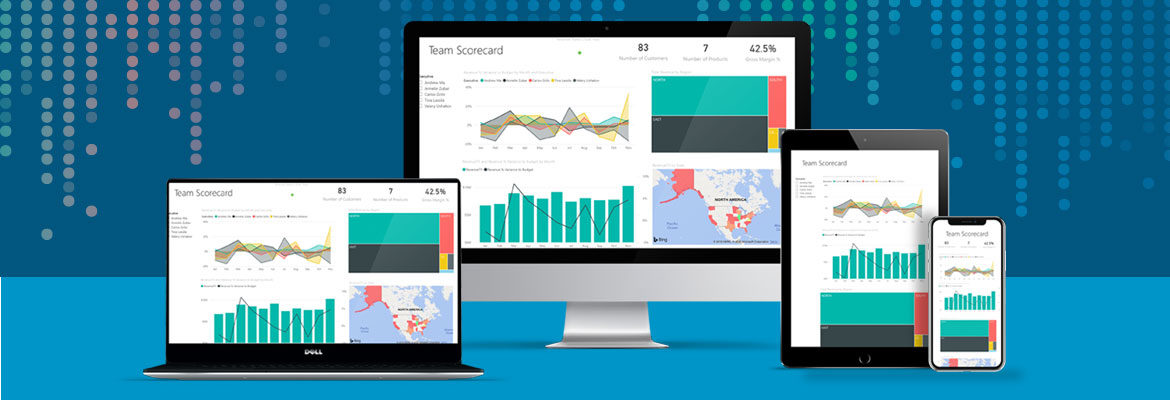Align Your KPIs to Achieve Strategic Business Goals

Key Performance Indicators (KPIs) are an essential component used in business. We define KPIs as business metrics used to evaluate factors that are crucial to any organization’s success. When used properly, KPIs are an extremely effective way to gauge the health of a business by allowing users, managers, and executives within a company to accurately and efficiently measure and manage the agreed upon targets and goals. However, as with any tool, KPIs can have consequences, steering you in the wrong direction if misused.
Today we will uncover the top four ways in which KPIs are mishandled, how to avoid them, and effective strategies to align KPIs with your business needs.
- Your KPIs are not defined properly. KPIs can, and should, differ across the different operations of your business. Overall KPIs may be net revenue, or a customer loyalty metric, whereas HR KPIs may involve employee turnover rates, employee satisfaction, and headcount. A CFO may consider working capital, operating cash flow, or return on equity (ROE) as their primary KPI’s. KPIs should vary by department, business unit, or job function. However, your leadership team should define how and which KPIs will be used to measure results in each area of the business, and within the organization as a whole.
- Your KPIs are not tied to specific performance goals or targets within your strategic business plan. The most effective KPIs are closely tied to strategic objectives and help answer critical business questions. Therefore, a good starting point is to identify the questions that the decision makers, managers, or external stakeholders need to have answers to. Start with the basics and understand what your organizational objectives are, how you plan to achieve them, and who within the organization can act on this information for each outlined goal.
- Your KPIs are not well defined to understand if you are hitting goals. While KPIs can quickly tell you how your organization is performing, not all KPIs are created equal. Although you could measure how much revenue your company has brought in, without a quantifiable goal, there’s no way of knowing if profitability is on target. For example, if your business goal is to generate $1 million in sales for Q1, then you should measure and include daily sales figures as a KPI to make sure you’re on track to meet that goal. You know you’re hitting your business goal when there is a net daily sales revenue of about $12,000 in a 90-day period.
- You are not monitoring KPI results effectively. Many managers will spend countless hours, even weeks, creating their strategic plans. But without a proper method to monitor the KPIs you’ve identified, all of the time spent creating said plan becomes useless. A KPI dashboard is a great way to communicate insights to the people that need them. It enables you to monitor real-time results with the data you need to measure KPIs in one place, making it easy to see whether or not they are working.
There are many factors that come into play when ensuring that KPIs support growth. Only include the most critical, insightful, and well-defined KPIs so you can quickly and easily look at the data that matters and make decisions that achieve your goals. Keep in mind that KPIs will change as your business continues to evolve, so it’s always a good idea to establish a monthly and quarterly KPI review.
When KPIs are used effectively and accurately, you’re getting the right data to the right people at the right time to make better informed decisions. Download our whitepaper, How to Build KPIs That Actually Drive Revenue, to learn more about how you can use and apply them to drive business forward.






